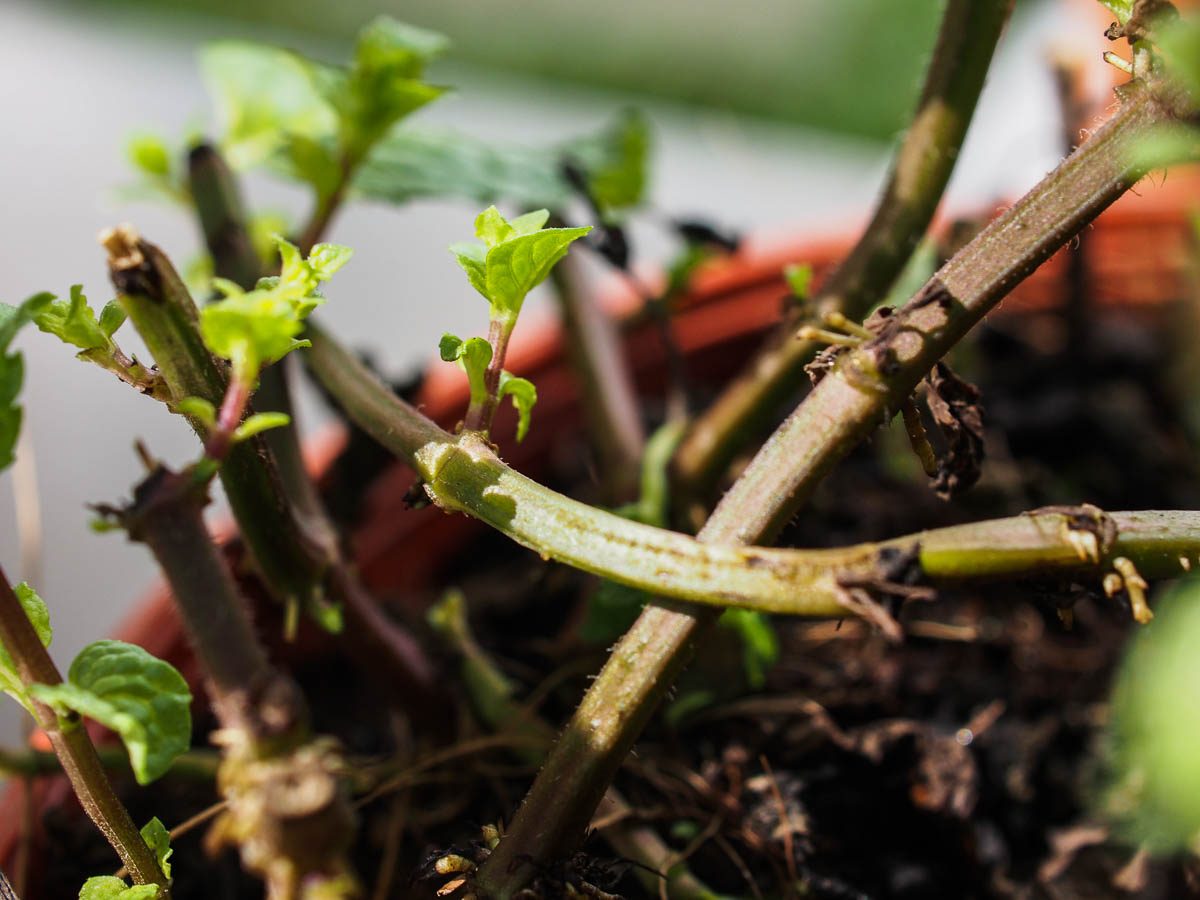Spearmint
Spearmint (Mentha spicata)
Other common names: English Mint, 留兰香
.jpg)
Spearmint is a common herb that grows well in semi-shade gardens and is a popular choice for small and upcycled containers due to its shallow roots. Spearmint is harvested for its leaves and is used to flavour teas, desserts, and salads.
This plant can grow as a perennial crop when used as a living mulch in true ground as it readily produces runners with plantlets that repropagates itself. However, it behaves as an annual in pots and will need to be regularly repropagated from cuttings.
Spearmints are part of the Lamiaceae or Mint family, which includes other popular herbs like Indian Borage, and Thai Basil.
Sun and soil needs:
Spearmints are usually grown in about 4-8 hours of indirect sunlight, or 2-6 hours of direct sunlight if watered frequently. Spearmints are vulnerable to heat stress, and need to be watered frequently during the dry season or if they are grown in more than 4 hours of direct sunlight.
Plants do best in pots with loamy soil at least 5cm deep, or in true ground. These plants are vulnerable to root rot, so ensure that your pots drain well, and that your soil has plenty of organic matter to let the roots breathe.
Growing:

Spearmint grows rapidly when young and freshly propagated from cuttings. Regular cut-and-come-again harvesting and the use of high nitrogen fertilisers once a month or so will encourage the plant to grow more leaves.
Harvesting:
Plants can be harvested for leaves at any time. They are typically harvested continuously via the cut-and-come-again method.
Propagation:
Spearmint is usually propagated via stem cuttings rooted in water.
Common problems & solutions:
Like most strong-smelling herbs, this plant is relatively resistant to pests and disease if kept healthy.
Aphids and Mealy Bugs often infest the plant if it has underlying problems like repeated wilting from heat stress. Mechanical pest control methods like pruning the infested parts are the best methods for managing these pests in the short term, but resolving the underlying problem will prevent them in the long term.
Wilting leaves during hot weather is a sign of heat stress. Increase the number of times the plant is watered daily, or move it to a shadier part of the garden.

